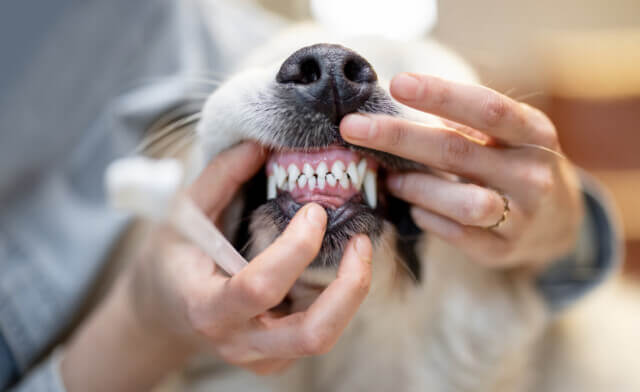What Are the Best Dogs for Apartments?
Choosing the perfect pet can be tricky, especially if you’re living in an apartment. But did you know that certain dog breeds are actually well-suited for smaller spaces?
In this article, we’ll guide you through the best dogs for apartments, focusing on factors like size, noise level, and adaptability. Plus, we’ll share some handy tips to help you live harmoniously with your pup. So, let’s dive in and find a great apartment dog to share your living space with!
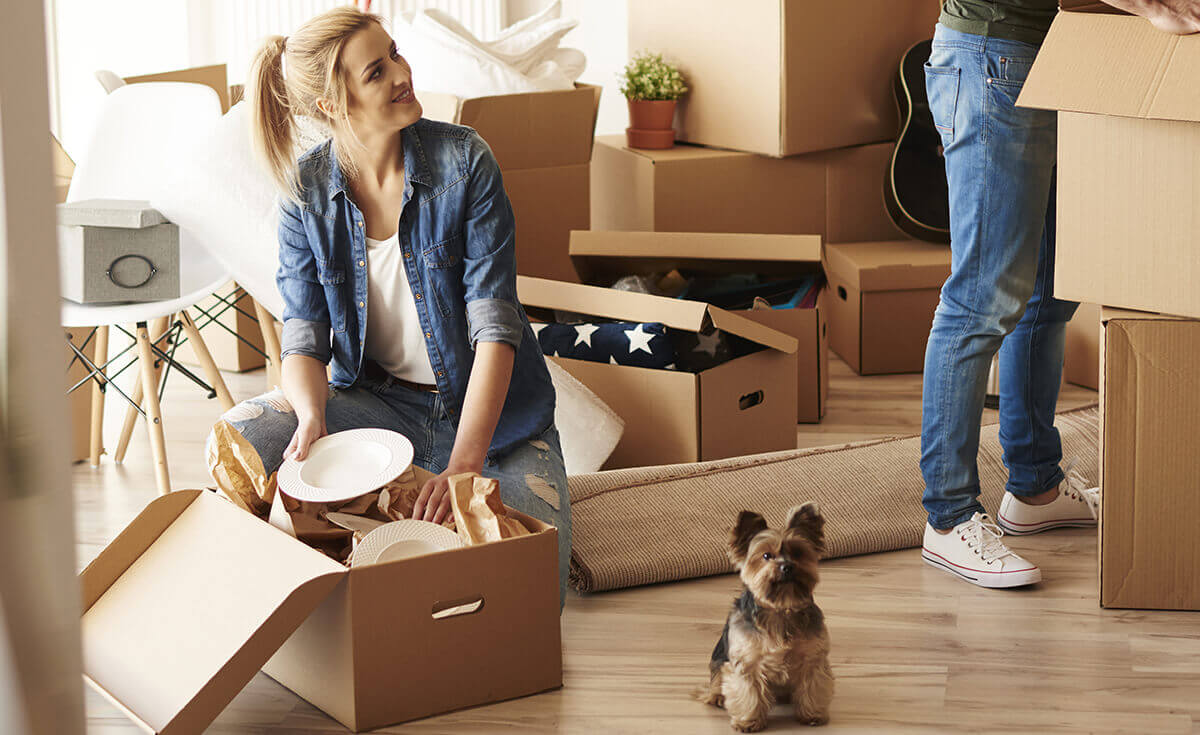
Factors to Consider
Selecting the right dog for apartment living involves more than just picking the cutest pup you see. There are several factors to consider to ensure that both you and your furry friend are comfortable and happy. Let’s take a look at some of the most important of these:
Size and Activity Level
When choosing the right dog for apartment living, it’s crucial to strike a balance between size and activity level. While smaller breeds often find it easier to adapt to limited spaces, their high energy levels may require more room for play and exercise.
On the other hand, some larger breeds are surprisingly low-energy and can comfortably reside in apartments. For example, Cavalier King Charles Spaniels may be small, but they need regular exercise, whereas Basset Hounds are larger but usually content with just a daily walk or two. The key is to find a breed that aligns well with both your living situation and lifestyle.
Noise Level
Living in an apartment means considering the noise level of your pet, and quieter breeds are often the best choice. Breeds like the Shih Tzu and French Bulldog are known for being calm and quiet, which makes them great apartment dogs.
Choosing a dog breed that’s less noisy can also help you and your pup get along better with your neighbors. For example, the barks from breeds like the Boston Terrier or Cavalier King Charles Spaniel are usually not as loud as those from larger dogs.
In the end, picking a friendly dog with a lower noise level will make for a more peaceful living situation for you and everyone else in your building.
Trainability
Training your apartment dog can be a rewarding experience, but the breed you choose can make a significant difference in how smoothly the process goes. Easy-to-train breeds like the Bichon Frise or Cavalier King Charles Spaniel are often excellent choices for apartment dwellers, as they learn commands quickly and aim to please their owners.
However, even more stubborn breeds can become well-behaved companions with consistent training and positive reinforcement. If you’re struggling to teach basic commands, consider professional training to help your dog adapt well to smaller living spaces.
When it comes to positive reinforcement, our Earthborn Holistic grain-free treats are great for training your apartment dog. These treats are not only delicious but also healthy, making them the perfect reward for good behavior.
Whether you’re working with an easy-to-train Cavalier King Charles Spaniel or a more stubborn breed, our EarthBites soft treats can be easily broken into smaller pieces for effective training sessions. With added vitamins and minerals, you’re not just rewarding your pup, you’re also nourishing them.
Adaptability to Small Spaces
Some dog breeds excel in apartment living thanks to their natural ability to adapt to smaller spaces. Often on the smaller side, these dog breeds can easily settle into confined areas without feeling restless or cramped.
A simple cozy corner or a designated area in the apartment is generally all they need to feel at home. When you couple that with regular physical exercise, mental stimulation, and attentive care, these dogs are well-equipped to thrive – even in more limited living conditions.
Top Dog Breeds for Apartments
Looking for the best dog breeds for apartments? Check out our top picks, including French Bulldogs, Cavalier King Charles Spaniels, and more! Read on to find your perfect furry companion.
French Bulldog
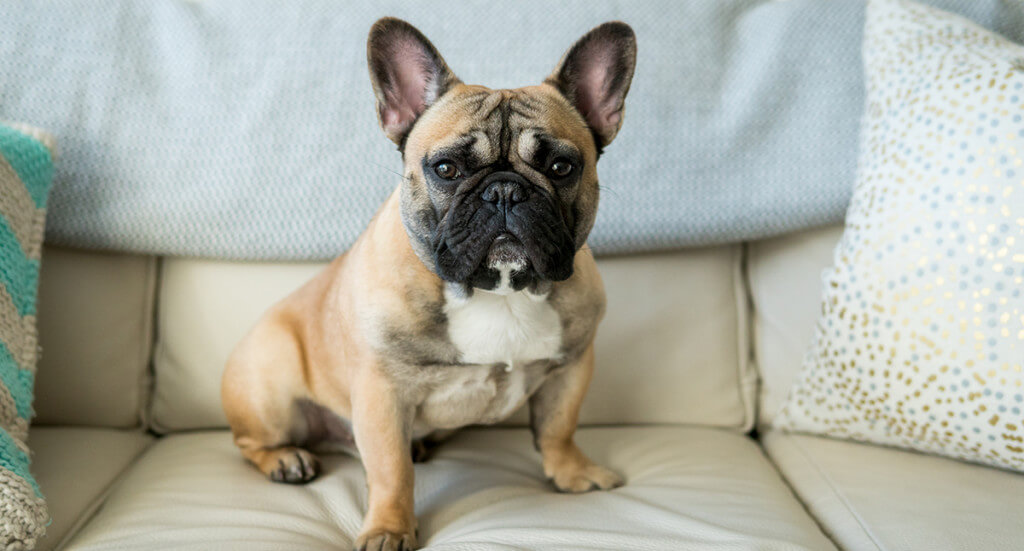
The French Bulldog is a popular choice for apartment living. With their small size and calm demeanor, they can adapt well to smaller living spaces. These dogs are not very active or high-energy, so they won’t need as much exercise as some other breeds.
French Bulldogs also tend to be quieter compared to larger breeds, which is important in an apartment setting where noise can be a concern. They’re known for being affectionate and friendly, making them great companions for apartment dwellers.
Cavalier King Charles Spaniel
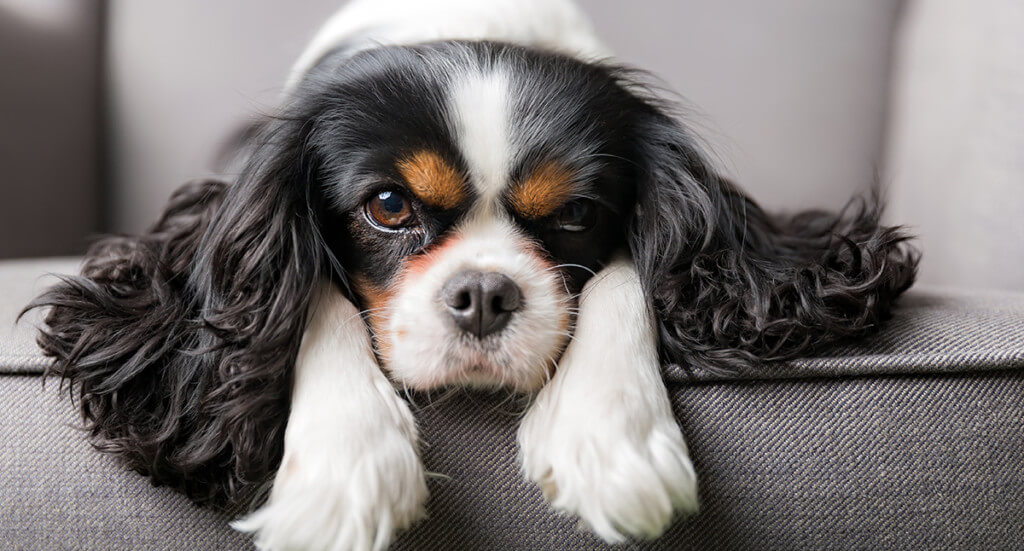
The Cavalier King Charles Spaniel is a wonderful choice for apartment living. These small dog breeds are well-suited to smaller living spaces and have a friendly and adaptable nature.
Despite their size, they have an active lifestyle and require daily walks or exercise to keep them happy and healthy. With their loyal and affectionate personality, the Cavalier King Charles Spaniel makes for a great companion in any apartment setting. They also get along well with other pets, making them a perfect addition to your four-legged family.
Pug
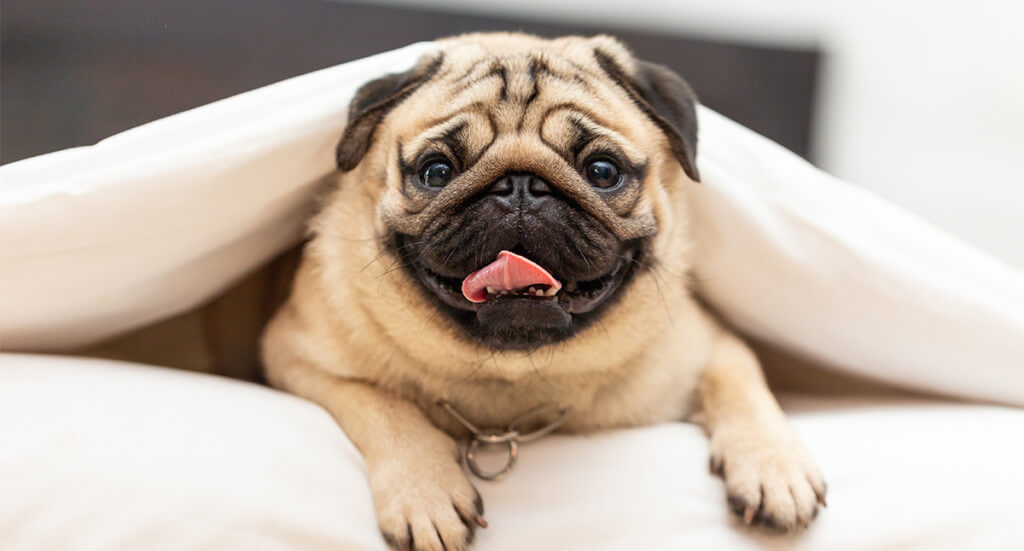
Pugs are a popular choice for apartment living due to their small size and adaptable nature. These adorable dogs have a friendly and affectionate personality, making them great companions for pet parents in small spaces.
Pugs require minimal exercise, so they can adapt well to apartment life. Their short coats also make grooming easy, which is another advantage for busy pet owners. With their charming personalities and low-maintenance needs, pugs are an excellent choice for those looking for a cuddly companion in their apartment.
Shih Tzu
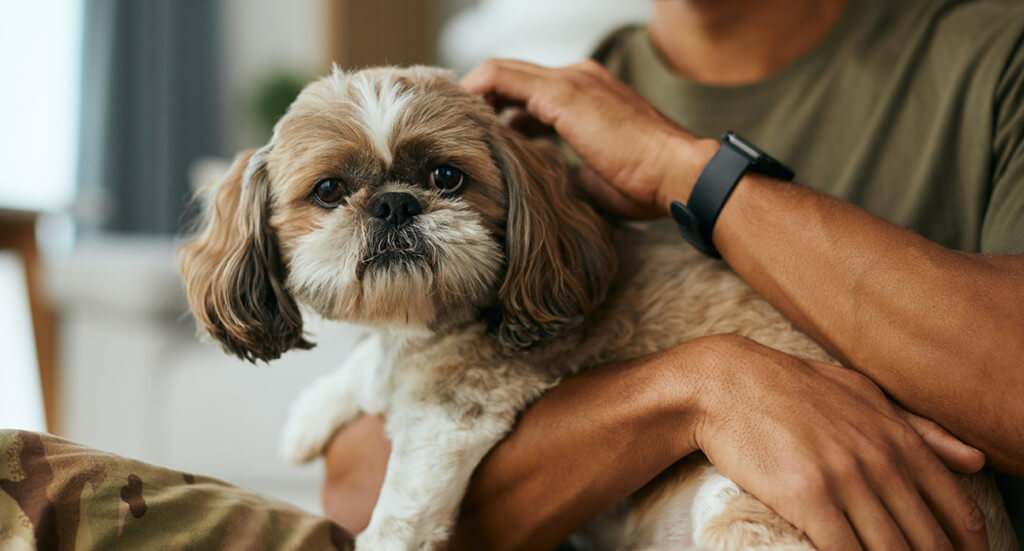
Shih Tzus are one of the best dog breeds for apartments. With their small size and low exercise needs, they’re well-suited to smaller living spaces. These friendly dogs make wonderful pets and are known for their loyalty and affection towards their owners.
While they do require regular grooming to maintain their long coats, Shih Tzus thrive in indoor environments and can easily adapt to apartment life. Overall, their adaptability and low-maintenance exercise needs make them a convenient choice for apartment dwellers. While grooming is a consideration, the emotional bond and companionship they offer more than make up for the extra care required.
Bichon Frise
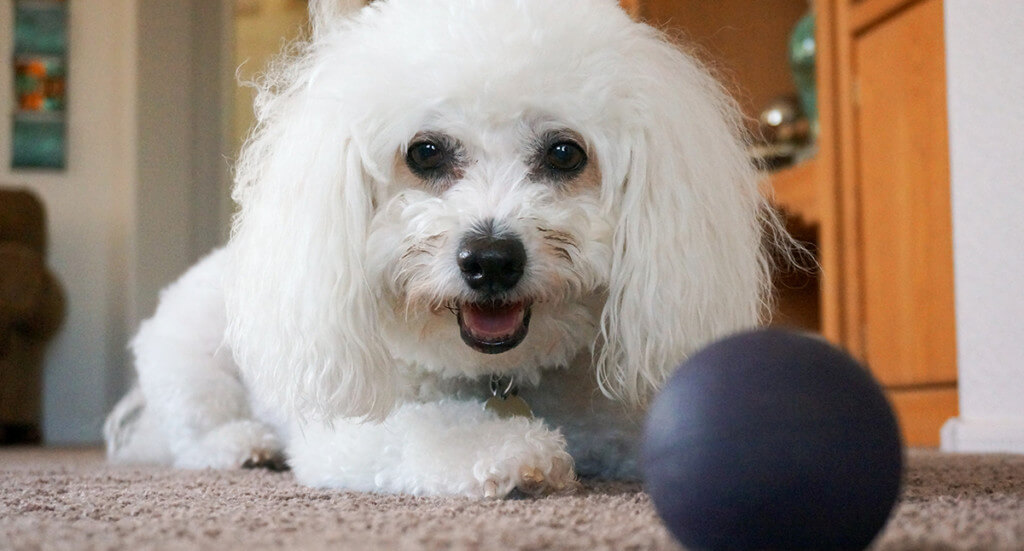
The Bichon Frise is a fantastic dog breed for apartment living. These small and fluffy dogs are known for their friendly and affectionate nature, making them great companions for pet parents in very small apartments and living spaces.
Despite their size, Bichon Frises have moderate exercise needs and can adapt well to apartment life. They enjoy daily walks and indoor games, which can easily be accommodated in the small space of apartments.
Additionally, Bichons are highly trainable, making it easier to establish routines for feeding, bathroom breaks, and other activities. With regular grooming to maintain their beautiful coat, the Bichon Frise is an excellent choice for those seeking a loyal and low-maintenance four-legged friend in their apartment.
Boston Terrier
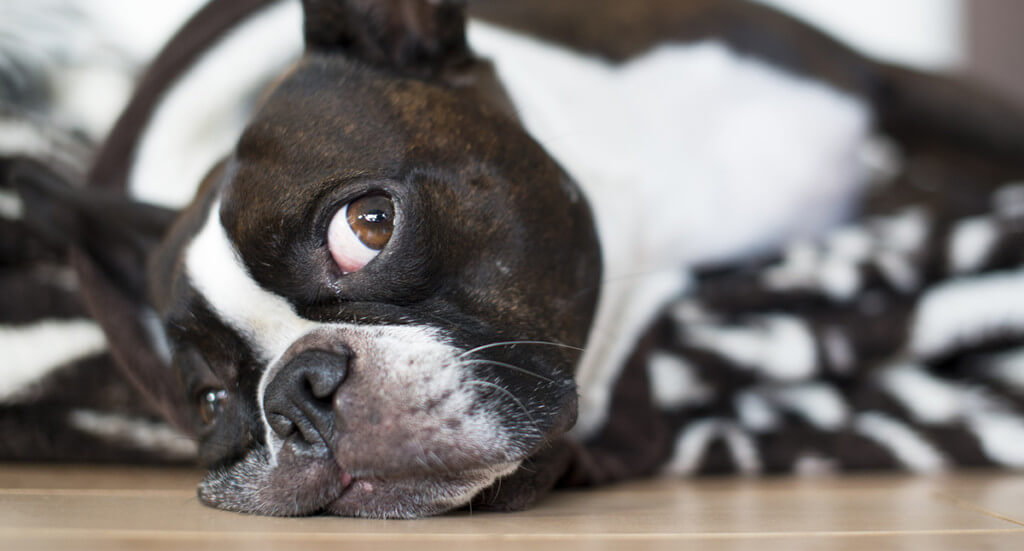
The Boston Terrier is a great choice for apartment living. These small dog breeds are known for their friendly and affectionate nature, making them wonderful pets for families and individuals alike.
They have moderate exercise needs, so daily walks around the block or some indoor games will keep them happy and healthy. Boston Terriers are also low shedders, which means less time spent on regular grooming. With their compact size and adaptability to smaller living spaces, Boston Terriers make loyal companions in any apartment setting.
Tips for Living with a Dog in an Apartment
Living with a dog in an apartment comes with its own set of challenges and rewards. Here are some actionable tips to help you and your furry friend thrive in an apartment setting:
Provide Regular Exercise
- Take daily walks. Walking around the neighborhood or local park is a great way to keep your dog active. It’s also an excellent opportunity for socialization.
- Engage in indoor games. Games like fetch or tug-of-war are perfect for indoor exercise. They not only keep your dog physically active but also mentally stimulated.
- Use puzzle or treat-dispensing toys. These toys provide mental stimulation during playtime. They’re a great way to keep your dog engaged when you can’t go outside.
- Find a nearby dog park. Dog parks offer a space where your pup can run freely and socialize with other dogs. Make sure to follow park rules and monitor your dog’s interactions.
- Hire a dog walker. If you’re short on time, a dog walker can ensure your pet gets the exercise they need. This is a convenient option for busy apartment dwellers.
Establish a Designated Potty Area
- Choose a spot. Select an easily accessible and easy-to-clean area in your apartment. This could be a corner of a room or a balcony if available.
- Use pee pads or artificial grass. Place these in the designated area to facilitate your dog’s bathroom needs. Remember to change the pads regularly to maintain cleanliness.
- Set a routine. Consistency is key. Take your dog to the designated potty area at regular intervals to help them understand when and where to go.
- Reward good behavior. When your dog uses the potty area successfully, offer praise or treats. Positive reinforcement helps instill the desired behavior.
- Clean up accidents promptly. If an accident occurs outside the designated area, clean it up immediately with pet-friendly cleaning products. Quick action helps prevent odors and discourages future accidents.
Create a Routine for Feeding and Bathroom Breaks
Establishing a routine for feeding and bathroom breaks is crucial for apartment living with a dog. It helps maintain their overall wellbeing and ensures a smoother daily routine. Here are some tips to help you create an effective routine:
- Set consistent feeding times. Feed your dog at the same times every day to establish a regular eating schedule. This will help regulate their digestion and make potty breaks more predictable.
- Take regular bathroom breaks. As mentioned earlier, having a designated potty area is essential. Dogs need frequent bathroom breaks, especially when living in apartments without immediate access to outdoor spaces. Aim for at least three or four short walks to the designated potty area throughout the day. This consistency helps your dog understand when and where to go, making the process more predictable for both of you.
- Use positive reinforcement. Reward your dog with praise or treats after they successfully use their designated potty area. This positive reinforcement encourages them to continue using that spot.
- Be patient during training. It may take time for your dog to adjust to the routine and understand where they should go for bathroom breaks. Be patient and consistent with the training process, rewarding progress along the way.
Provide Mental Stimulation With Toys
Engage your furry friend’s mind with interactive dog toys that keep them entertained and mentally sharp. Toys are not only fun for dogs but also help prevent boredom and destructive behavior. Consider the following options to provide mental stimulation for your dog in an apartment setting:
- Puzzle toys. These toys challenge your dog by requiring problem-solving skills to get the treats or kibble hidden inside.
- Interactive treat balls. Fill these balls with treats, and as your dog rolls them around, they dispense tasty rewards.
- Chew toys. Durable chew toys can keep your dog occupied while addressing their natural urge to gnaw.
- Rope toys. Great for playing tug-of-war or simply chewing on, rope toys encourage physical activity and mental engagement.
- Squeaky toys. Dogs love the sound of squeaky toys, which can help keep them entertained for hours.
- Plush toys with hidden squeakers. These soft and cuddly toys contain hidden squeakers that engage your dog’s prey drive and provide mental stimulation.
Seek Professional Training if Needed
If your dog isn’t responding well to your training efforts, professional training could be a game-changer. Professional trainers bring a wealth of experience to the table, working with various dog breeds and temperaments to tailor their approach specifically to your dog’s needs. This expertise allows them to pinpoint any underlying behavioral issues or challenges that might be affecting how your dog behaves in the apartment setting.
Another advantage of working with a qualified trainer is the opportunity to improve your communication with your dog. They can teach you effective techniques to better understand your pet’s signals and needs, making the training process more efficient and enjoyable for both of you. This enhanced communication often leads to a stronger bond between you and your dog, contributing to a happier living environment.
In addition, a good professional trainer will emphasize the use of positive reinforcement methods. This involves rewarding good behavior and discouraging unwanted actions, which is crucial for establishing long-term habits.
Beyond the immediate training sessions, these experts often provide ongoing support and resources, ensuring that you have the tools you need for continued success in maintaining a well-behaved and happy dog in your apartment.
Key Takeaways
- Size and activity level matter. Smaller breeds like the French Bulldog and Shih Tzu are often more adaptable to apartment living, but their activity levels can vary. For instance, while French Bulldogs are generally low-energy, Cavalier King Charles Spaniels require regular exercise.
- Noise level is crucial. Breeds like the Shih Tzu and French Bulldog are known for their calm and quiet demeanor, making them ideal for maintaining a peaceful living environment.
- Trainability is key. Easy-to-train breeds such as the Bichon Frise and Cavalier King Charles Spaniel can make apartment living easier. Even stubborn breeds can be trained effectively with consistent effort and positive reinforcement.
- Consider adaptability to small spaces. Some breeds, like the Pug and Bichon Frise, are naturally adept at thriving in smaller spaces. They’re content with less room and can adapt well to the limited space an apartment offers.
- Professional training can help. If you’re facing challenges in training your dog, professional help can be invaluable. Trainers not only address specific behavioral issues but also teach effective communication techniques and offer ongoing support for long-term success.
Ready to Choose the Perfect Dog for Your Apartment?
Picking the right dog for apartment living means weighing several factors, including size, activity level, noise level, and how easy they are to train. Among the many dog breeds available, French Bulldogs, Cavalier King Charles Spaniels, and Pugs often top the list for apartment dwellers. These breeds adapt well to smaller spaces and have a range of energy levels to fit different lifestyles.
If you’re considering one of the smallest dog breeds or a particular small dog breed, keep in mind that their need for exercise and mental stimulation is just as important for a happy apartment life. While toy breeds might seem ideal because of their small size, they also need regular physical activity and mental challenges to stay happy.
And remember, should you find training your dog a bit tricky, professional help is just a call away. A qualified trainer can give you customized advice and ongoing support, making sure you and your furry friend enjoy a peaceful and happy life in your apartment.


